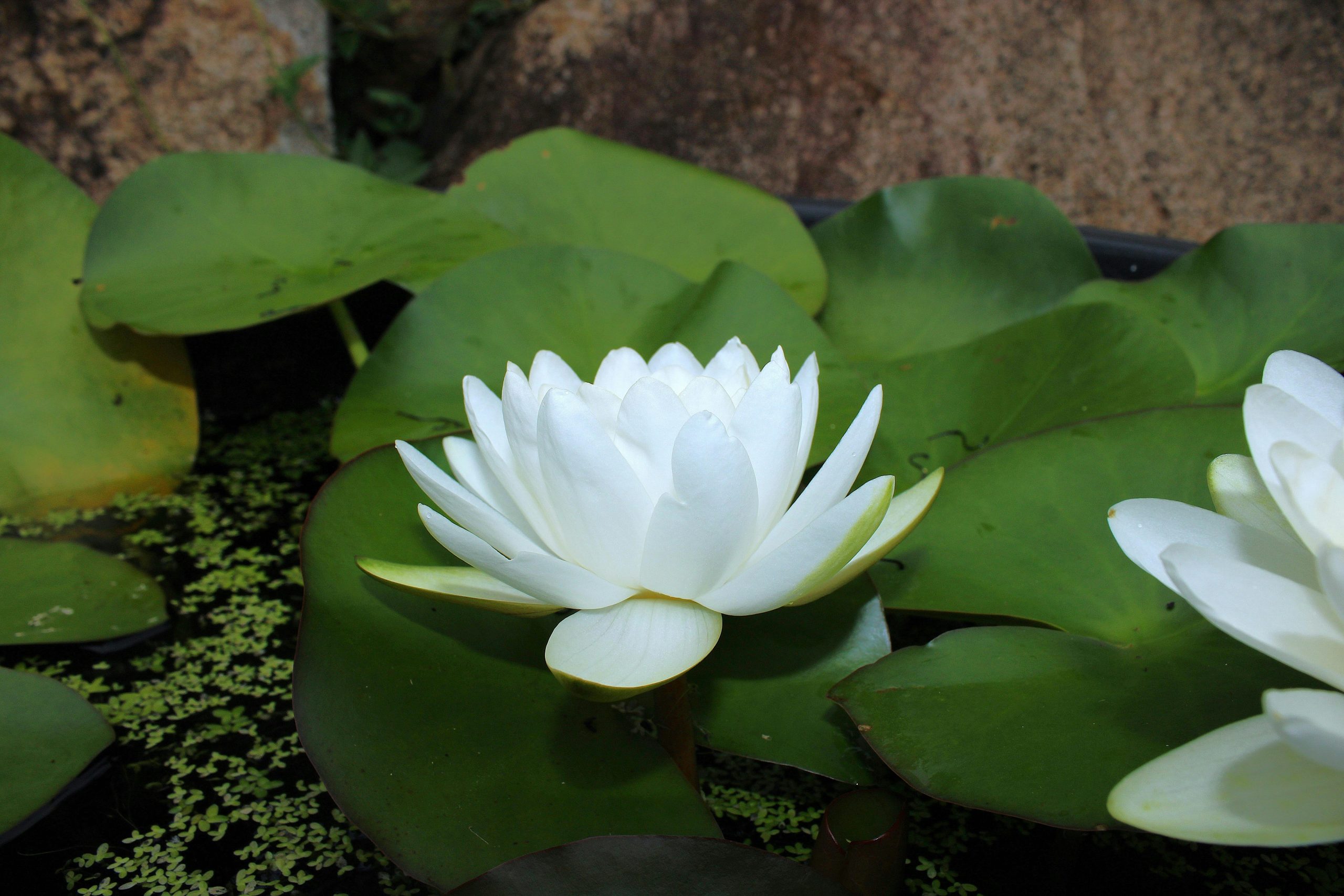Yoga offers countless styles, each with unique benefits, but two of the most popular—Yin and Vinyasa—couldn’t be more different. Whether you’re looking for deep relaxation or an invigorating workout, understanding these styles can help you choose the best fit for your body and lifestyle. Yin yoga focuses on slow, passive stretches held for long durations, while Vinyasa is dynamic, linking breath with movement in a flowing sequence. Let’s break down the differences to help you decide which one aligns with your needs.
What Is Yin Yoga?
Yin yoga is a slow-paced, meditative practice that targets the deep connective tissues, such as ligaments, joints, and fascia. Poses are typically held for 3 to 5 minutes, allowing the body to relax into the stretch. This style encourages stillness and introspection, making it ideal for stress relief and improving flexibility over time.
Key Characteristics of Yin Yoga
- Long holds: Poses are sustained for several minutes to deepen the stretch.
- Passive approach: Muscles remain relaxed while gravity does the work.
- Focus on joints: Enhances mobility in the hips, spine, and pelvis.
- Meditative quality: Encourages mindfulness and mental calmness.
What Is Vinyasa Yoga?
Vinyasa yoga, often called “flow” yoga, is dynamic and fast-paced. It synchronizes breath with movement, creating a seamless transition between poses. This style builds strength, endurance, and cardiovascular health while improving flexibility. Classes vary in intensity, making it adaptable for beginners and advanced practitioners alike.
Key Characteristics of Vinyasa Yoga
- Breath-linked movement: Each motion is tied to an inhale or exhale.
- Continuous flow: Poses transition smoothly without long pauses.
- Cardiovascular benefits: Raises heart rate for a more vigorous workout.
- Variety: Sequences change frequently, keeping the practice fresh.
Key Differences Between Yin and Vinyasa
While both styles promote physical and mental well-being, they serve different purposes. Here’s how they compare:
Pace and Intensity
Yin yoga is slow and restorative, while Vinyasa is energetic and physically demanding. If you want a workout, Vinyasa is the better choice. If you need relaxation, Yin is ideal.
Physical Benefits
Yin improves flexibility and joint health, whereas Vinyasa builds muscle strength and stamina. Yin is great for recovery, while Vinyasa enhances overall fitness.
Mental Focus
Yin encourages deep meditation and stress relief, while Vinyasa fosters mental clarity through rhythmic movement and breath control.
Which Style Is Right for You?
Choosing between Yin and Vinyasa depends on your goals, fitness level, and personal preferences.
Choose Yin Yoga If:
- You want to improve flexibility and joint mobility.
- You need stress relief or a meditative practice.
- You prefer a gentle, slow-paced workout.
- You’re recovering from injury or have limited mobility.
Choose Vinyasa Yoga If:
- You enjoy a dynamic, physically challenging practice.
- You want to build strength and endurance.
- You thrive on variety and movement.
- You’re looking for a cardio element in your yoga routine.
Can You Practice Both?
Absolutely! Many yogis combine Yin and Vinyasa for a balanced approach. Vinyasa builds strength and energy, while Yin helps release tension and restore the body. Alternating between the two can provide a well-rounded yoga practice that supports both physical and mental health.
Tips for Balancing Both Styles
- Pair a vigorous Vinyasa session with a Yin class the next day for recovery.
- Start with Vinyasa in the morning for energy and end with Yin in the evening for relaxation.
- Listen to your body—some days you may need stillness, while other days call for movement.
Both Yin and Vinyasa yoga offer unique benefits, and the best choice depends on what your body and mind need. If you crave movement and intensity, Vinyasa will energize you. If you seek deep relaxation and flexibility, Yin is the way to go. Better yet, try both to experience the full spectrum of yoga’s transformative power. No matter your preference, stepping onto the mat is a step toward greater well-being.
